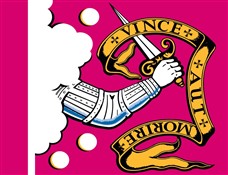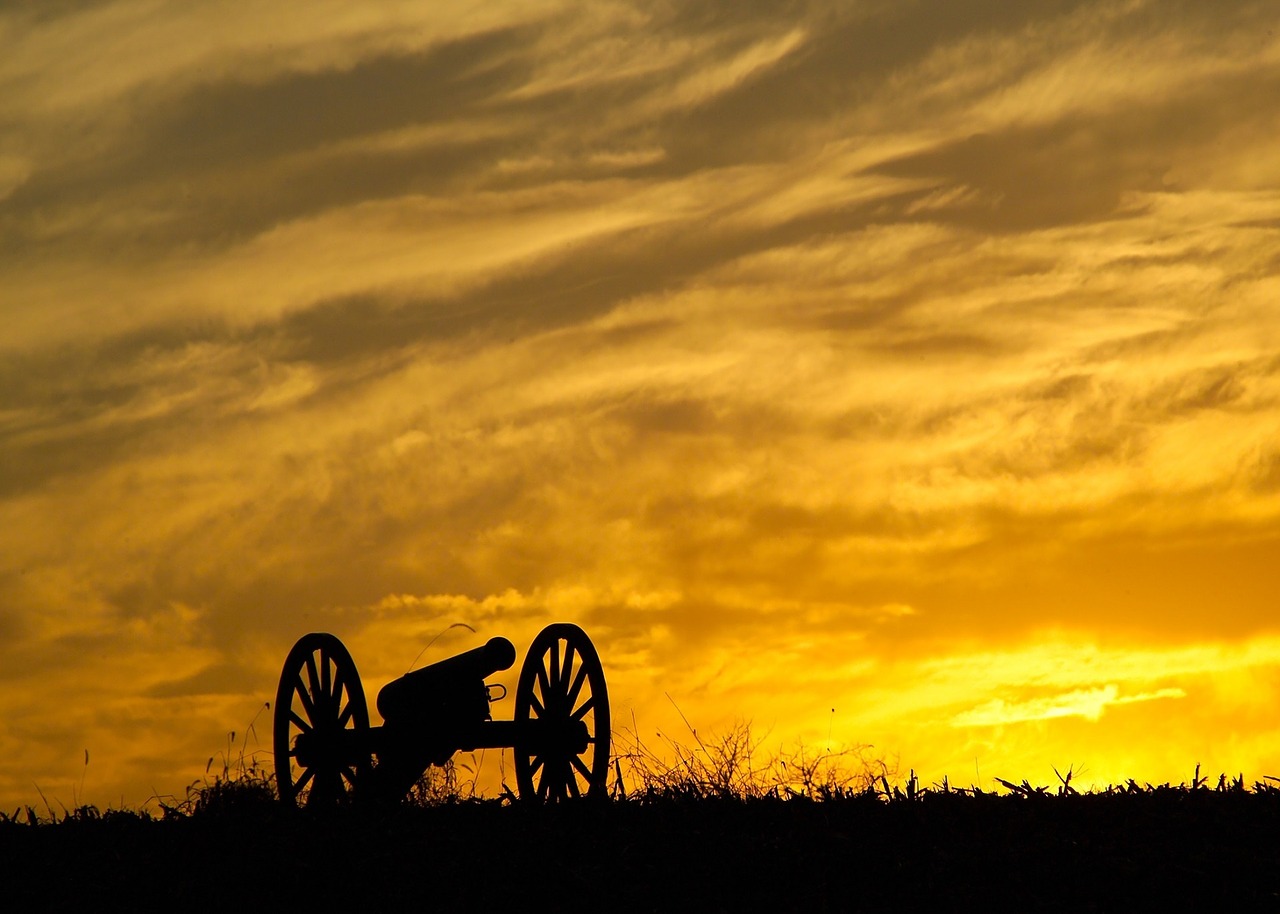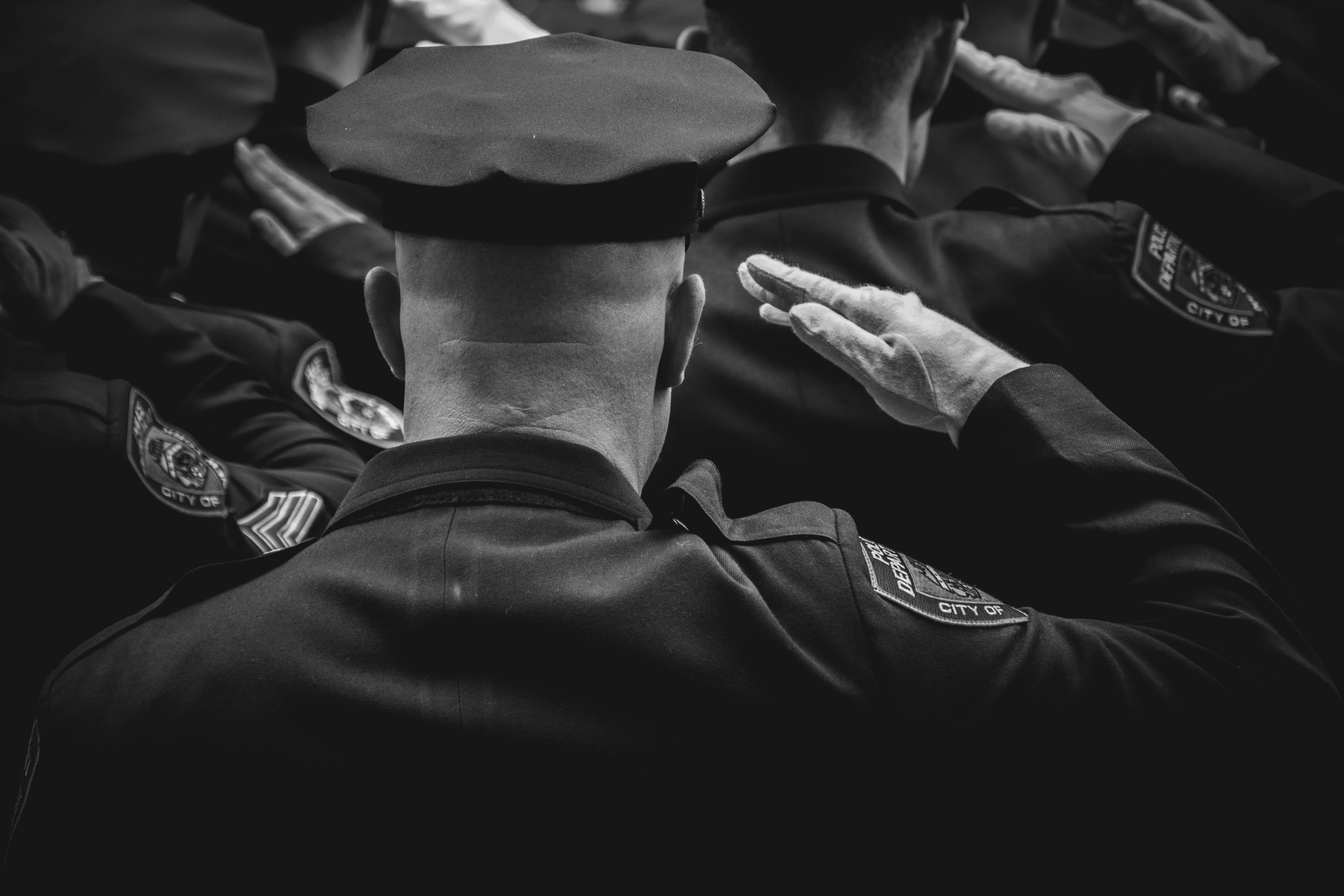Patriots' Day
Today as we celebrate Patriots’ Day, we fly the Bedford Flag, a symbol of the start to the American Revolution. Patriots’ Day, a holiday celebrated each year on the third Monday of April, commemorates the battles of Lexington and Concord in 1775.
These battles were the first of The Revolutionary War, where American colonists fought and won their freedom from British rule. According to legend, Nathanial Page, cornet of the Massachusetts Minutemen, carried the Bedford Flag into battle of Concord on April 1775. That very same flag was preserved and can still be seen in the Bedford Free Public Library.
Celebrating Martin Luther King Jr. Day with Service and the Stars and Stripes
On January 21, 2019, our country will honor the memory of Rev. Dr. Martin Luther King, Jr. This federal holiday is observed on the third Monday of January each year, close to or on his birthday on January 15. Many Americans will spend the day in service to their community. The Flag Manufacturers Association of America hopes that all citizens will also proudly display their American flags to show their support on this important day.
Dr. King, the chief spokesman for nonviolent activism in the civil rights movement, was assassinated in 1968. President Ronald Reagan signed the holiday into law in 1983, although it was not observed until 1986. It was officially observed by all 50 states for the first time in 2000.
Dr. King once said, "Life's most persistent and urgent question is: What are you doing for others?" Americans answer that question each year by coming together on this holiday to serve their neighbors and communities. In 1994, Congress designated Martin Luther King Jr. Day as a national day of service. The federal legislation, signed into law by President Bill Clinton, challenges Americans to transform the holiday into a day of volunteer service. Also often referred to as the MLK Day of Service, this is a perfect time for Americans to answer Dr. King’s challenge to do something for others and make our country a better place to live. Go to www.mlkday.gov for further information and Action Guides for your community.
As we celebrate Dr. King’s 90th birthday, it is a good time to remember a quote from a sermon he delivered in 1968. “You may be 38 years old, as I happen to be. And one day, some great opportunity stands before you and calls you to stand up for some great principle, some great issue, some great cause. And you refuse to do it because you are afraid…. You refuse to do it because you want to live longer…. You’re afraid that you will lose your job, or you are afraid that you will be criticized or that you will lose your popularity, or you’re afraid that somebody will stab you, or shoot at you or bomb your house; so you refuse to take the stand. Well, you may go on and live until you are 90, but you’re just as dead at 38 as you would be at 90. And the cessation of breathing in your life is but the belated announcement of an earlier death of the spirit.”
(Wayne, PA, January 14, 2019)The Flag Manufacturers Association of America encourages all Americans to display their American Flags for this National Day of Service.
The First Battle of Bull Run
On July 21, 1861, Union and Confederate armies engaged near Manassas Junction, Virginia in what would be considered the first major land battle of the American Civil War. Known as the First Battle of Bull Run in the North and First Battle of Manassas in the South, the engagement began when 35,000 freshly recruited Union troops marched from Washington D.C. and attacked a Confederate force of 20,000 inexperienced soldiers along the Bull Run River. After fighting on the defensive for most of the battle, the Confederates were able to rally and break through the Union right flank, thanks to their reinforcements. This led to the Union’s chaotic retreat – ending the battle. Due to the disorganization and lack of experience of the confederate forces, they did not pursue.
This battle provided a preview for both sides; the war was not going to be as quick and seamless as once thought. The conflict would serve as a true end of innocence during the civil war era.
July 4th: The Birth of a Nation
.jpg?1530644769638)
Independence Day – also known as The Fourth of July – has been celebrated as a federal holiday in the United States since 1941. From present day dating back to 1776, July 4th has been a defining day for Americans and celebrated as the birth of American Independence. With festivities including fireworks, parades, family gatherings, and cookouts, how did Independence Day come to be?
When initial battles started in the Revolutionary War, few colonists desired complete independence from Britain but within a year many colonist had began to favor separation from Great Britain thanks to growing hostility and unreasonable taxes. “No Taxation without representation!” echoed in America’s original thirteen colonies after being forced to pay taxes to England despite having no representation in the British Parliament. As tensions and dissatisfaction grew, British troops arrived in Boston to quell the early rebellion after failed attempts by the colonists to resolve the political upheaval. On June 7, 1776 Continental Congress met at the Pennsylvania State House where Virginia delegate, Richard Henry Lee, introduced a motion calling for the colonies’ independence.
Amidst heated debate and flared tension, Congress postponed voting on Lee’s resolution in exchange appointed a five man committee to draft a formal statement justifying sovereignty and independence from Great Britain. Among the five men appointed were Thomas Jefferson, John Adams, Roger Sherman, Benjamin Franklin, and Robert Livingston, however, Jefferson was considered the most eloquent writer and was largely responsible as the principal author of the draft. After eighty-six revisions, the Continental Congress officially adopted the final version of the draft in nearly a unanimous vote on July 2nd, 1776.
Two days later on July 4th, congress officially adopted the Declaration of Independence, the historic document which birthed the triumph of liberty and America’s freedom. The following day copies of the extraordinary document were distributed and the first public reading of the Declaration were held in Philadelphia’s Independence Square to ringing bells and band music. The following year, on July 4th, 1777, Congress was adjourned in Philadelphia and the first annual commemoration of Independence Day was celebrated with bells, bonfires, bands, and fireworks. Independence Day continued to be celebrated each year providing emerging political leaders a platform to address citizens and helped create feelings of unity and patriotism. As the new nation grew more unified, observations throughout the nation began to spread to other towns both large and small and the day was officially marked with festivities including concerts, parades, bonfires, flags, and the firing of cannons and muskets along with readings of the Declaration of Independence.
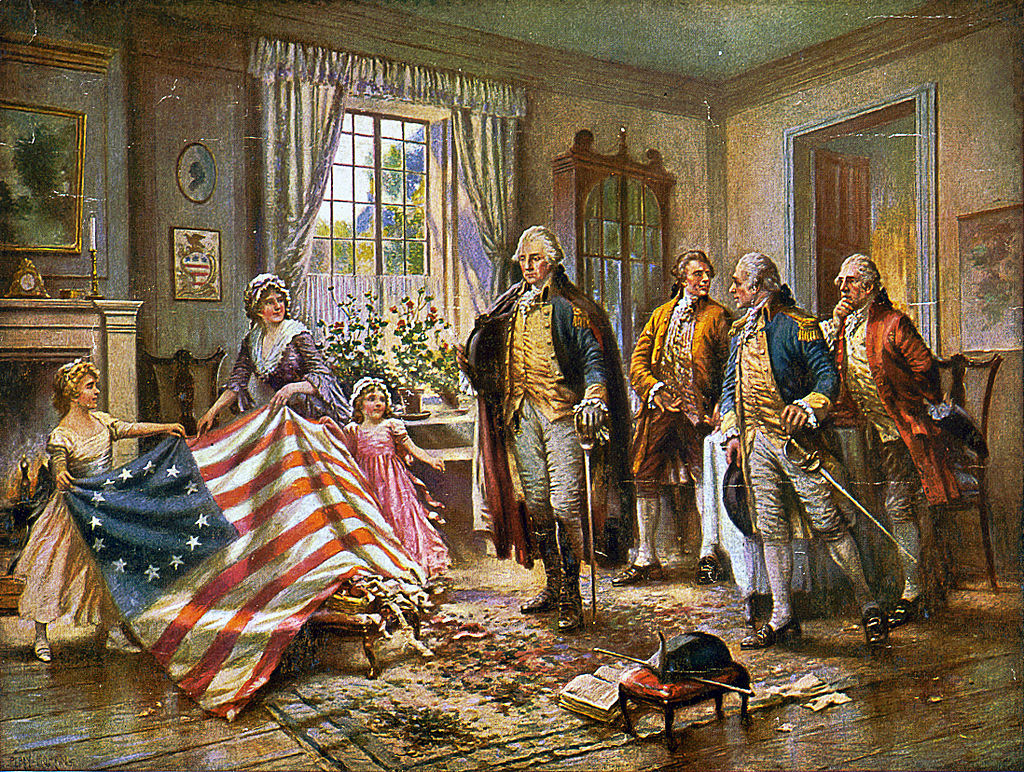
Almost one hundred years later, in 1870, the United States Congress officially made July 4th a federal holiday and a federal holiday in 1941. From 1776 until present day, the American flag is widely viewed as the most common symbol of Independence Day and patriotism. Thomas Jefferson’s last words written:
“May it be to the world, what I believe it will be... the signal of arousing men to burst the chains... and to assume the blessings and security of self- government. That form, which we have substituted, restores the free right to the unbounded exercise of reason and freedom of opinion. All eyes are opened, or opening, to the rights of man. ...For ourselves, let the annual return of this day forever refresh our recollections of these rights, and an undiminished devotion to them."
What to do With a Worn or Tattered US Flag
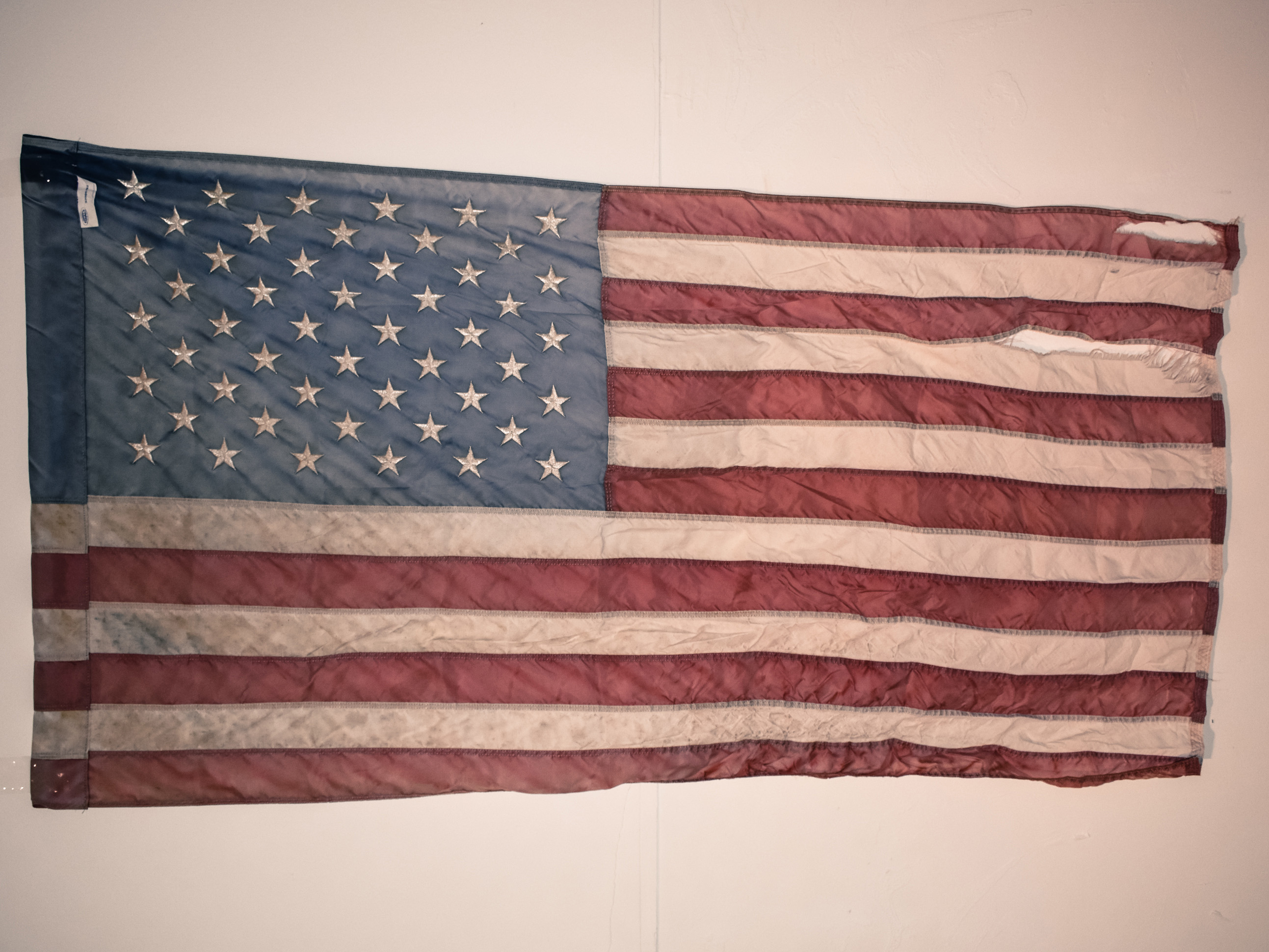
The flag, when it is in such condition that it is no longer a fitting emblem for display, should be destroyed in a dignified way, preferably by burning.
There are several ways to dispose of a retired US flag, and this guide will help you determine what method works for you.
Method 1: Respectfully burning the flag
The preferred method by the US Flag Code, burning a retired flag, is considered to be the most dignified way to dispose of it. Start by folding the flag in a customary triangle manner. Next, one should prepare a fire large enough to burn the flag completely. After placing the flag in the fire, witnesses should recite the Pledge of Allegiance or salute while it burns. End the ceremony with a moment of silence before burying the flag's ashes. Various organizations such as your local American Legion or the Boys Scouts of America conduct ceremonies and will happily accept your retired flag.
One word of caution when retiring synthetic flags such as nylon: when burned, the gas created can be harmful for both the environment and people alike. We recommend alternative forms of retirement or handing the flag off to a local organization.
Method 2: Shredding and burying the flag
One alternative method is to shred and bury the flag. This provides a dignified means of retirement that does not involve burning. The US Army's Heraldry Institute recommends shredding as an acceptable disposal method, provided it is done with reverence. Use scissors to slowly and methodically separate the thirteen stripes, leaving the blue star-spangled field intact. After the flag is completely cut into pieces, place it in a dignified box and bury it. Once the flag is shredded, the article is not considered to be a flag anymore.
Method 3: Recycling synthetic flags
Another alternative to burning the flag is to recycle it. If your flag is made of nylon or another synthetic material, burning the flag can release toxic fumes that are both harmful to humans and the environment. Because of this reality, alternative methods are strongly recommended when retiring these synthetic flags. Various organizations exist to assist you with this endeavor.
The Meaning of The Thin Blue Line
The thin, blue line has become a symbol for law enforcement around the world. It refers figuratively to the position of law enforcement in society as a bulwark between order and anarchy. This phrase derives from the Thin Red Line made famous by the British Army in 1854 during the Crimean War. The Blue Line Identifier™, consisting of a single horizontal blue line on a black field, has become one of many popular representations of this idea. Trademarked by Blue Line Productions Inc. in 1993, it is used as a symbol of mourning and a symbol of loss of an officer in the line of duty.
Another popular design is the blue line going across a black and white American flag. This design is used to show solidarity with law enforcement. Citizens of the United Kingdom have adopted a similar design consisting of a blue line across a black and white union jack. With the popularity of the thin blue line on the rise, other organizations have picked up the concept and simply changed the color. The most notable example is the thin red line being used by fire fighters.
Here at US Flag Supply, we have both versions of Thin Blue Line flags available to order as well as Thin Red Line American flags. You can find them here. Show your support for our brave police men and women!
Police Week: A Time To Remember
Public Law 87-726 states:
Whereas the police officers of America have worked devotedly and selflessly in behalf of the people of this Nation, regardless of the peril or hazard to themselves; and Whereas these officers have safeguarded the lives and property of their fellow Americans; and Whereas by the enforcement of our laws, these same officers have given our country internal freedom from fear of the violence and civil disorder that is presently affecting other nations; and Whereas these men and women by their patriotic service and their dedicated efforts have earned the gratitude of the Republic: Now, therefore, be it.
Public Law 87-726, signed by President John F. Kennedy in 1962, designates May 15 as Peace Officers Memorial Day and the week in which that date falls as Police Week. The law was amended by the Violent Crime Control and Law Enforcement Act of 1994, Public Law 103-322, signed by President Bill Clinton, directing that the flag of the United States be displayed at half-staff on all government buildings on May 15 each year. During Police Week, tens of thousands of police officers converge to Washington D.C. to take part in various activities with one goal in mind: paying respect to those who have made the ultimate sacrifice.
Take time this week to remember those officers that gave up their lives for the pursuit of justice and peace.
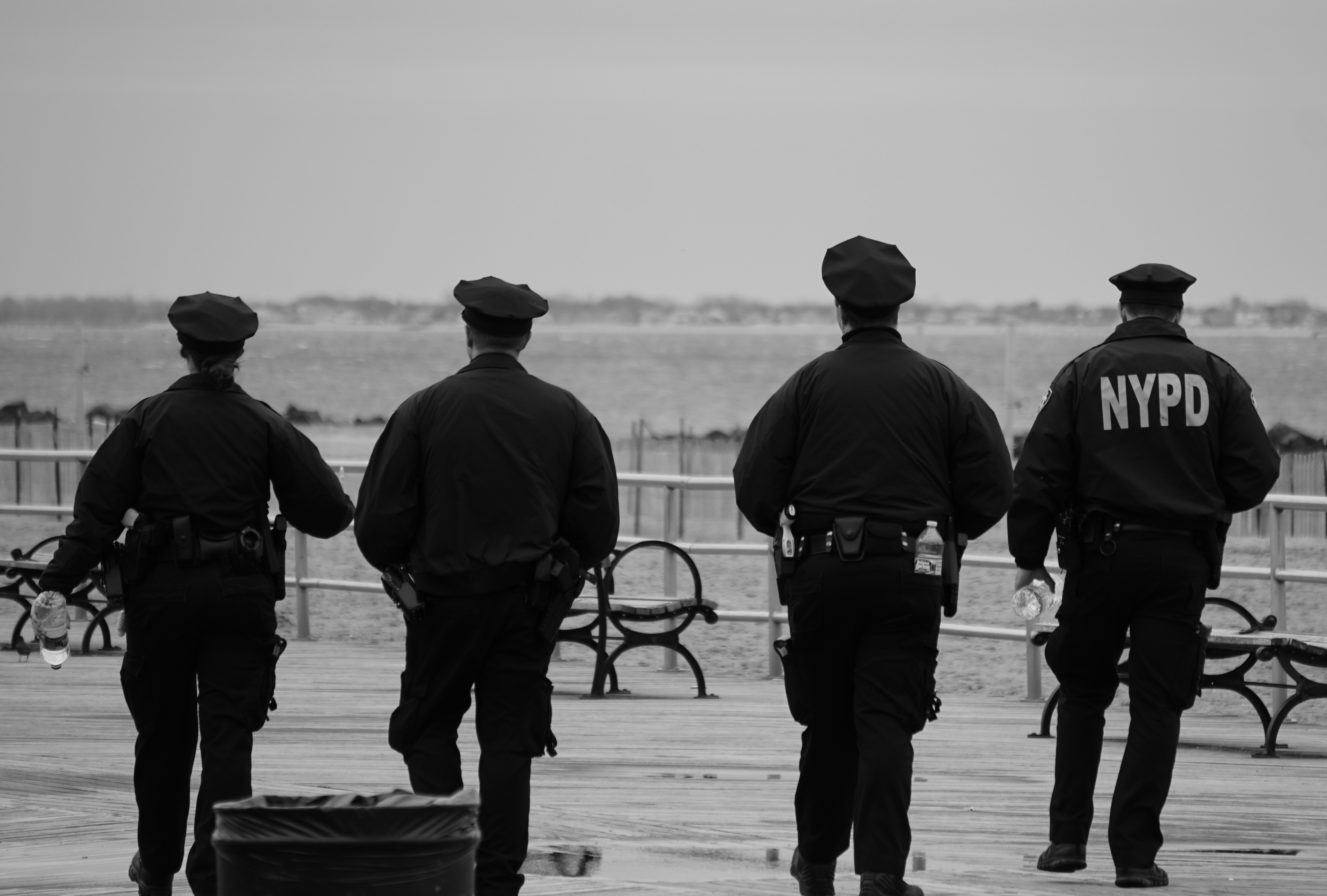
Photo by Dane Tewari on Unsplash.
For more information and a list of activities visit:
V-E Day
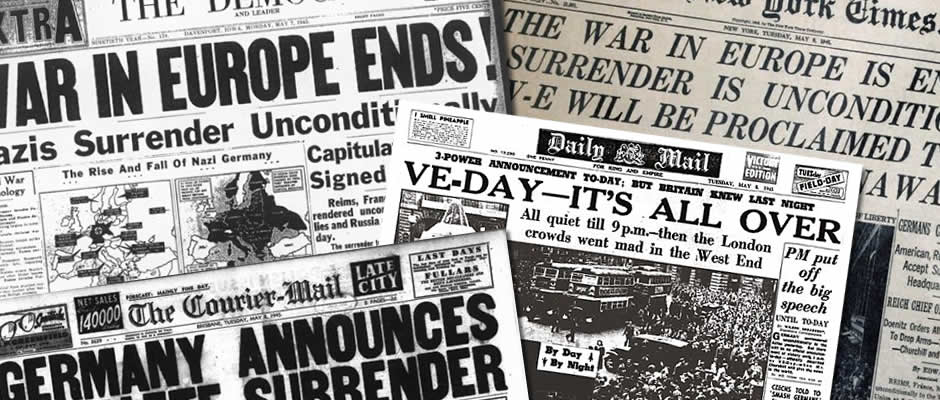
While the United States, England, France and the other allied powers celebrate V-E Day on the 8th of May, Russia celebrates on the 9th. Thank you to all those who fought in World War II. May your sacrifices never be forgotten!
Happy 72nd Birthday, Blue Angels!
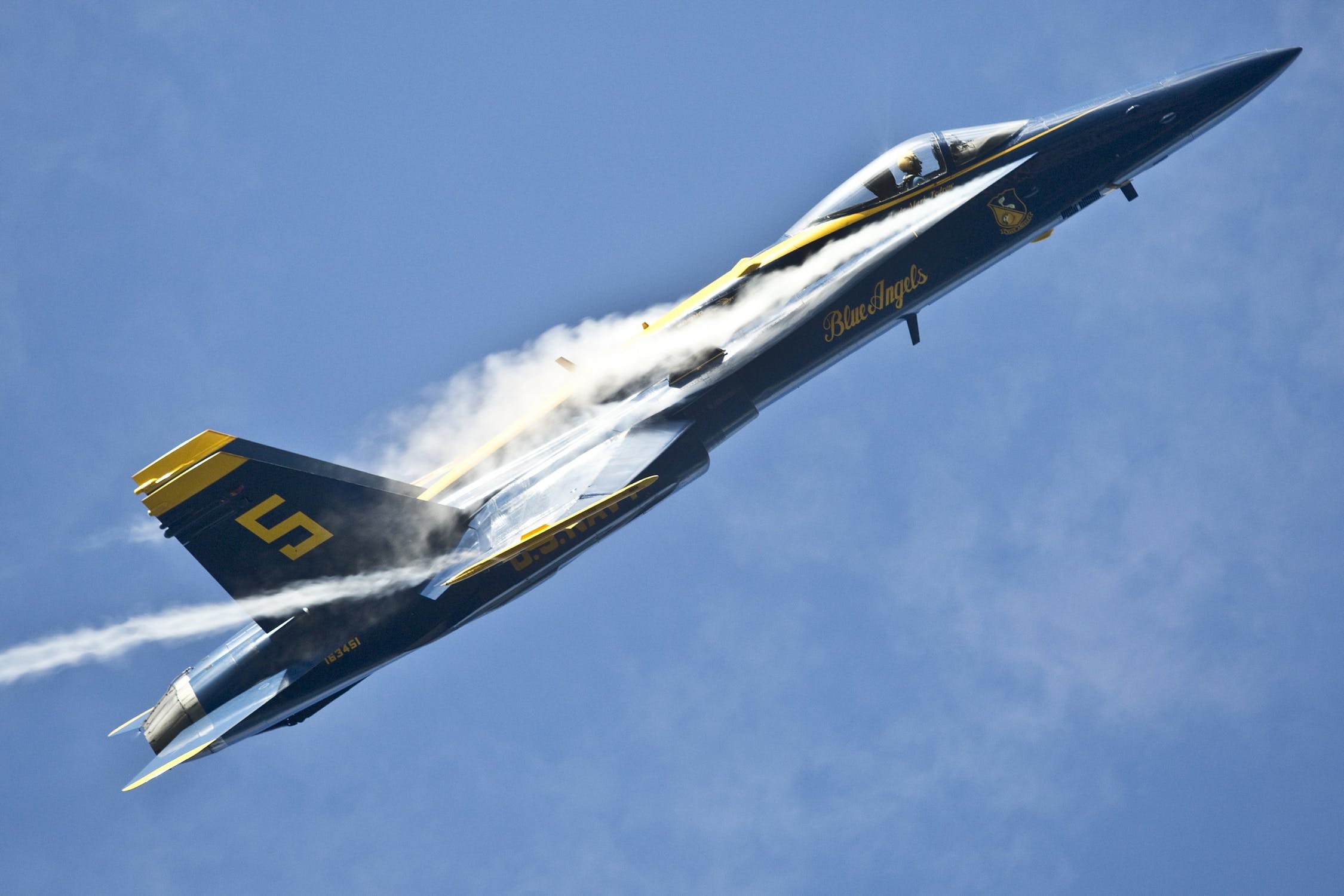
72 years ago today, Adm. Chester W. Nimitz, the Chief of Naval Operations, ordered the formation of a flight demonstration team to keep the public interested in Naval Aviation. That team would be called the Blue Angels. Originally stationed in NAS Jacksonville, the Blue Angels would become one of the most recognized flight demonstration teams in the world! Calling NAS Pensacola home, the Blue Angels can be seen entertaining thousands at air shows around the country. Happy 72nd birthday, Blue Angels!
Fort Sumter: The Start of The American Civil War
 With the election of Republican Abraham Lincoln to the
office of President of the United States in 1860, the southern states saw
little reason to stay in the Union. On December 20, 1860, by a vote of 169-0,
the South Carolina Legislature enacted an "ordinance" that "the
union now subsisting between South Carolina and other States, under the name of
'The United States of America,' is hereby dissolved." With South Carolina
leading the way, Mississippi (seceded January 9, 1861), Florida (seceded
January 10, 1861), Alabama (seceded January 11, 1861), Georgia (seceded January
19, 1861), Louisiana (seceded January 26, 1861) and Texas (seceded February 1,
1861) followed suit calling themselves the “Confederate States of America.”
Naturally, sitting President Buchanan and President-elect Lincoln both refused
to acknowledge the South's secession, citing it to be illegal. Ignoring the
Confederates call for the surrender of federal entities in their borders,
Lincoln instead wished to reinforce them. Fort Sumter, which overlooking the
port of Charleston, South Carolina, was protected by a force of 85 men under
the command of Maj. Robert Anderson. On April 11, 1861, Confederate Brig. Gen.
P.G.T. Beauregard dispatched aides to Maj. Anderson to demand the fort’s
surrender. Anderson promptly refused. At 4:30 a.m. the next day, Confederate
batteries opened fire on Fort Sumter and continued for another 34 hours. Low on
ammunition and supplies, at about 7:00 a.m., Union Capt. Abner Doubleday, the
fort's second in command, was afforded the honor of firing the first shot in
defense of Fort Sumter. The following day, Anderson surrendered and was allowed
to perform a 100-gun salute before he and his men evacuated the fort the next
day. The salute began at 2:00 P.M. on April 14 but was cut short tragically to
50 guns after an accidental explosion killed one of the gunners and mortally
wounded another. These two casualties were the only ones to stem from the
overall battle itself. The Battle at Fort Sumter marked the beginning of the
American Civil War. It would not be preoccupied by Union forces for another 4
years. Today, on the anniversary of this historic battle, we remember those who
have served and have taken a part in one of America's most tumultuous times.
With the election of Republican Abraham Lincoln to the
office of President of the United States in 1860, the southern states saw
little reason to stay in the Union. On December 20, 1860, by a vote of 169-0,
the South Carolina Legislature enacted an "ordinance" that "the
union now subsisting between South Carolina and other States, under the name of
'The United States of America,' is hereby dissolved." With South Carolina
leading the way, Mississippi (seceded January 9, 1861), Florida (seceded
January 10, 1861), Alabama (seceded January 11, 1861), Georgia (seceded January
19, 1861), Louisiana (seceded January 26, 1861) and Texas (seceded February 1,
1861) followed suit calling themselves the “Confederate States of America.”
Naturally, sitting President Buchanan and President-elect Lincoln both refused
to acknowledge the South's secession, citing it to be illegal. Ignoring the
Confederates call for the surrender of federal entities in their borders,
Lincoln instead wished to reinforce them. Fort Sumter, which overlooking the
port of Charleston, South Carolina, was protected by a force of 85 men under
the command of Maj. Robert Anderson. On April 11, 1861, Confederate Brig. Gen.
P.G.T. Beauregard dispatched aides to Maj. Anderson to demand the fort’s
surrender. Anderson promptly refused. At 4:30 a.m. the next day, Confederate
batteries opened fire on Fort Sumter and continued for another 34 hours. Low on
ammunition and supplies, at about 7:00 a.m., Union Capt. Abner Doubleday, the
fort's second in command, was afforded the honor of firing the first shot in
defense of Fort Sumter. The following day, Anderson surrendered and was allowed
to perform a 100-gun salute before he and his men evacuated the fort the next
day. The salute began at 2:00 P.M. on April 14 but was cut short tragically to
50 guns after an accidental explosion killed one of the gunners and mortally
wounded another. These two casualties were the only ones to stem from the
overall battle itself. The Battle at Fort Sumter marked the beginning of the
American Civil War. It would not be preoccupied by Union forces for another 4
years. Today, on the anniversary of this historic battle, we remember those who
have served and have taken a part in one of America's most tumultuous times.

